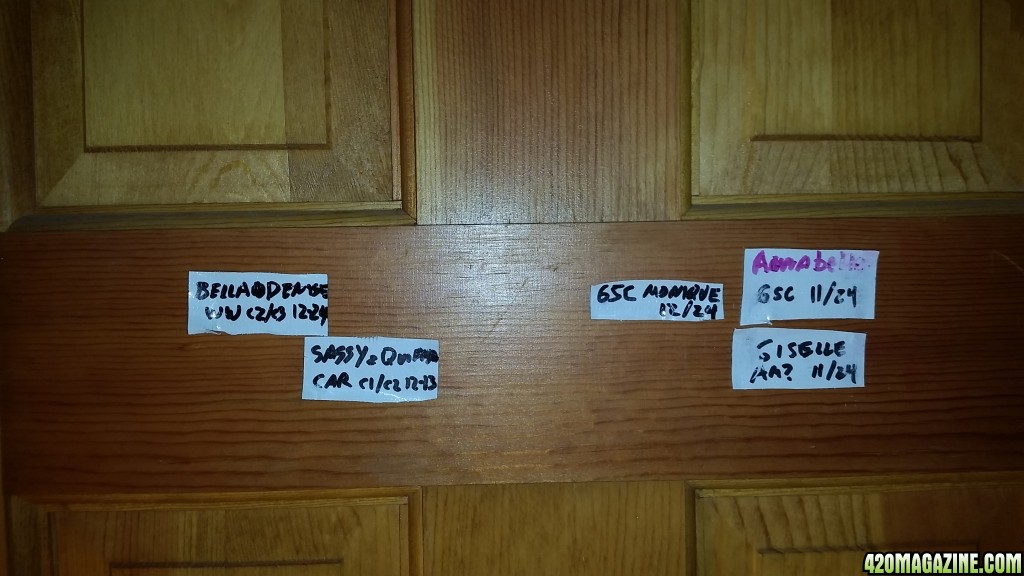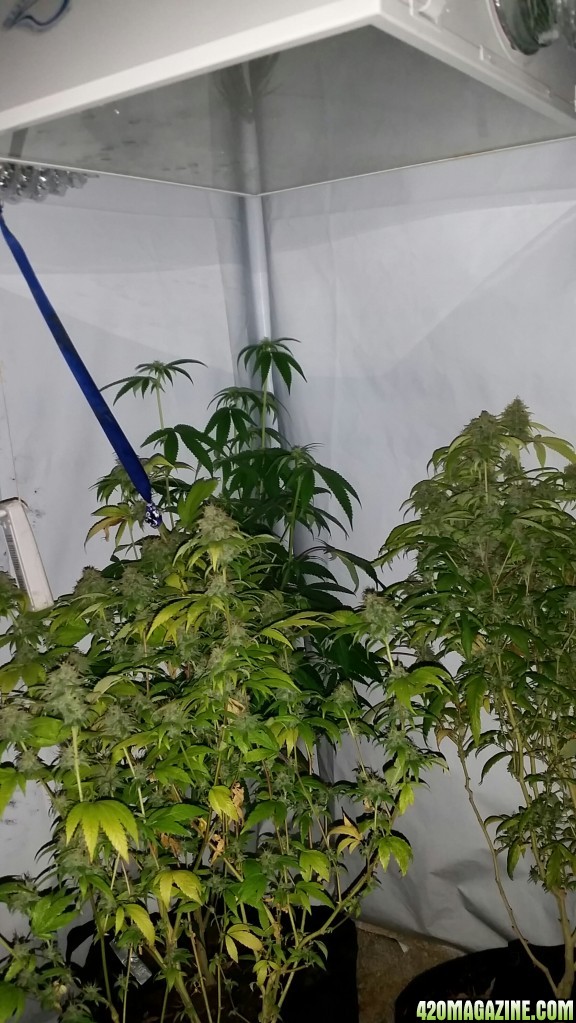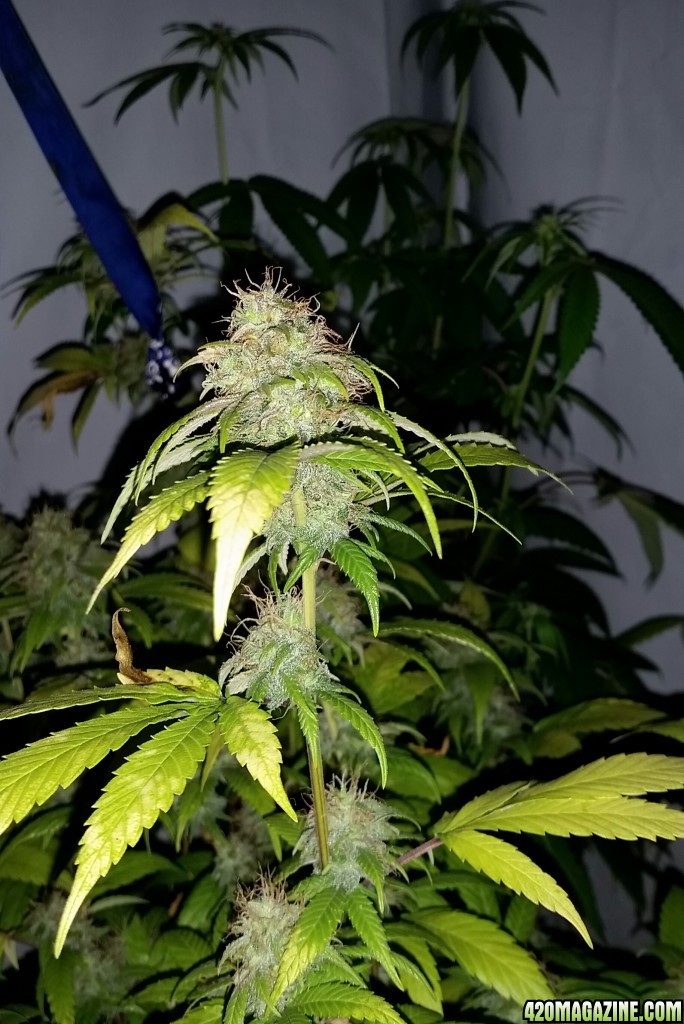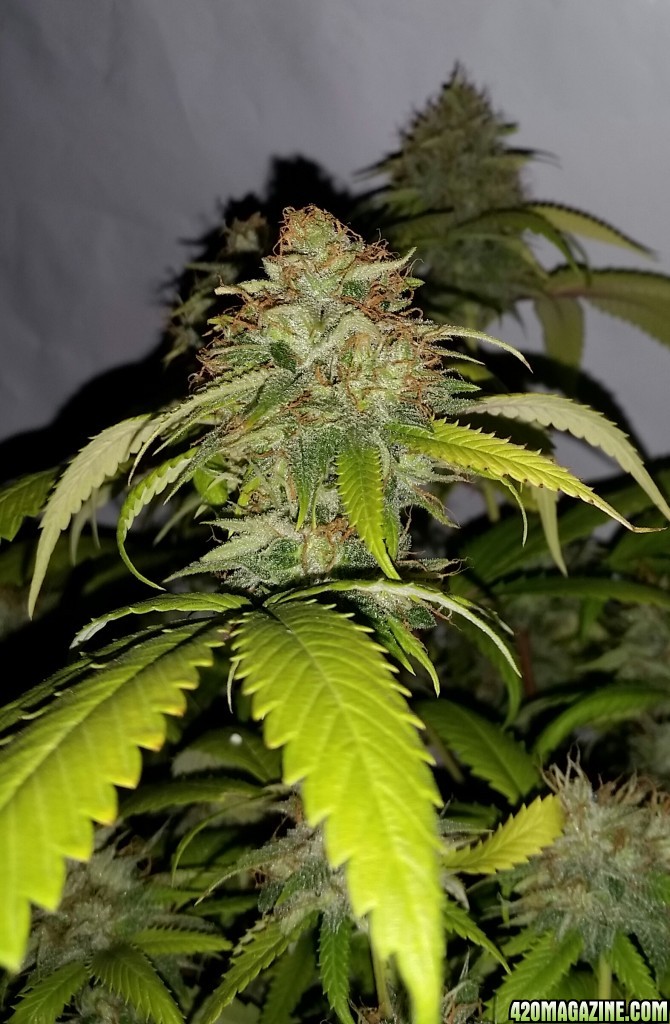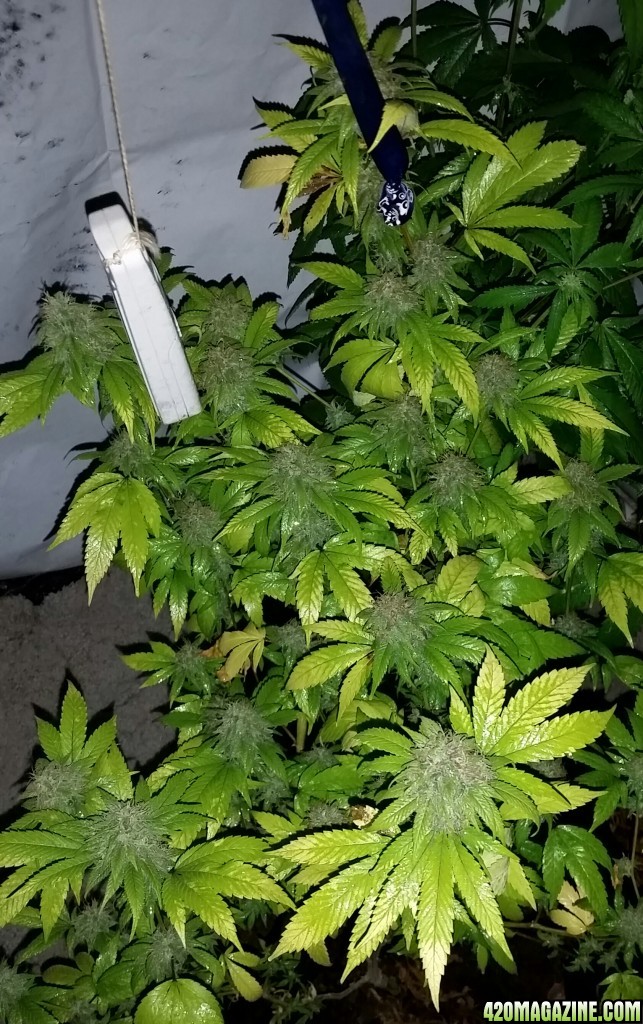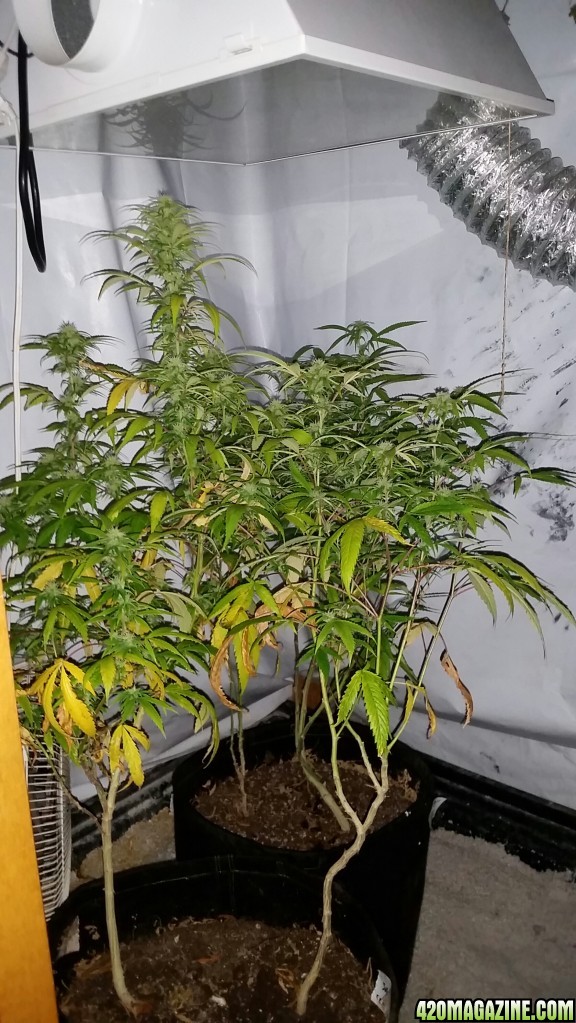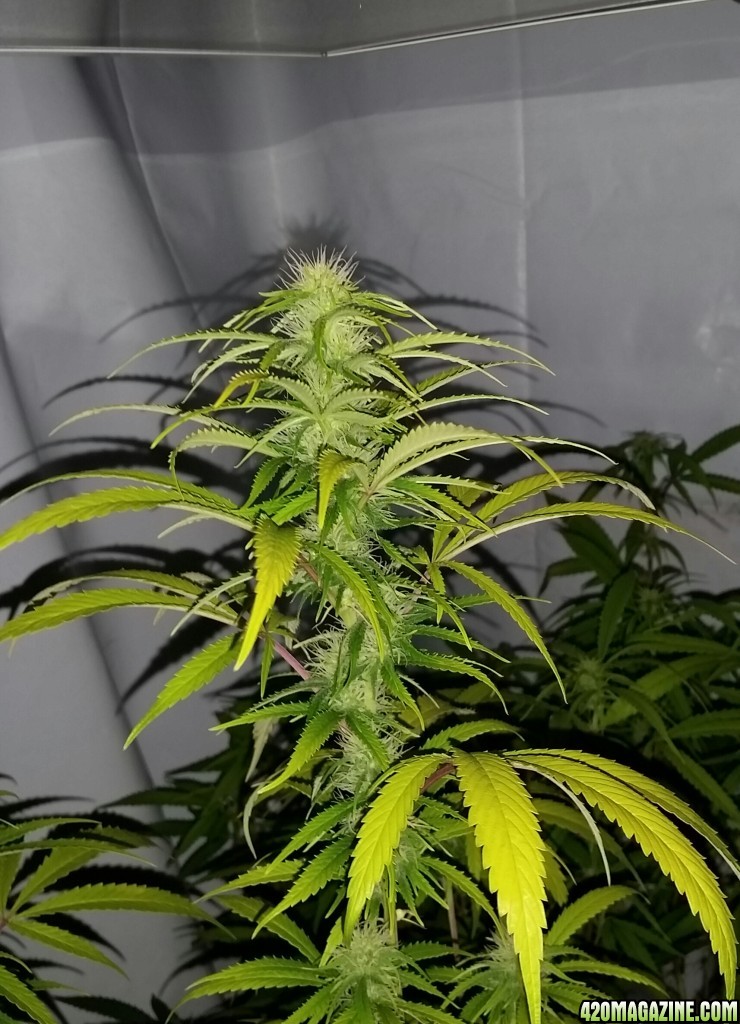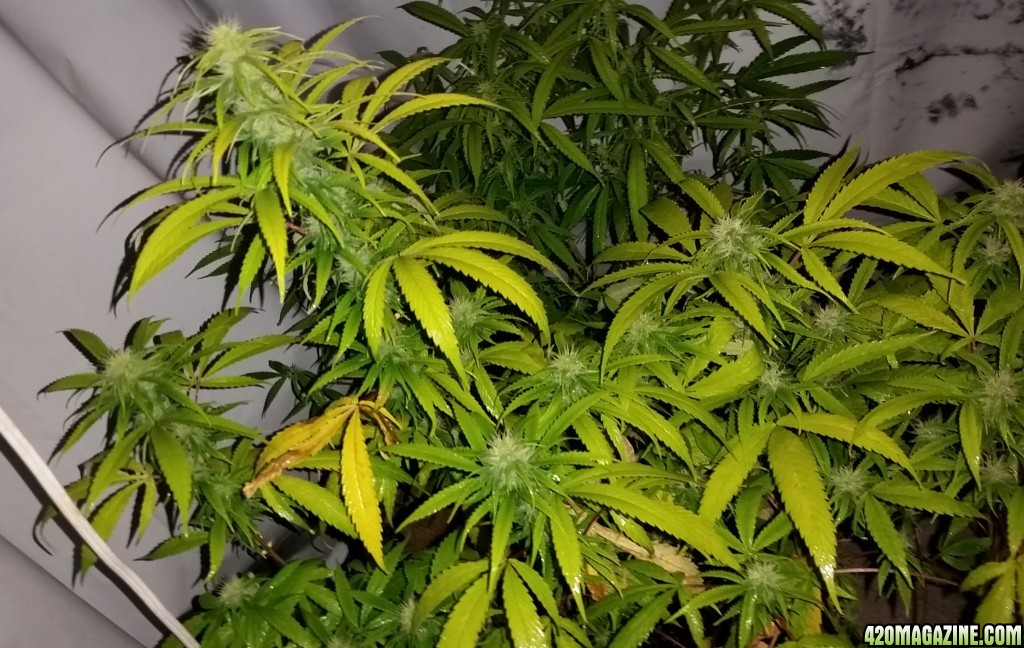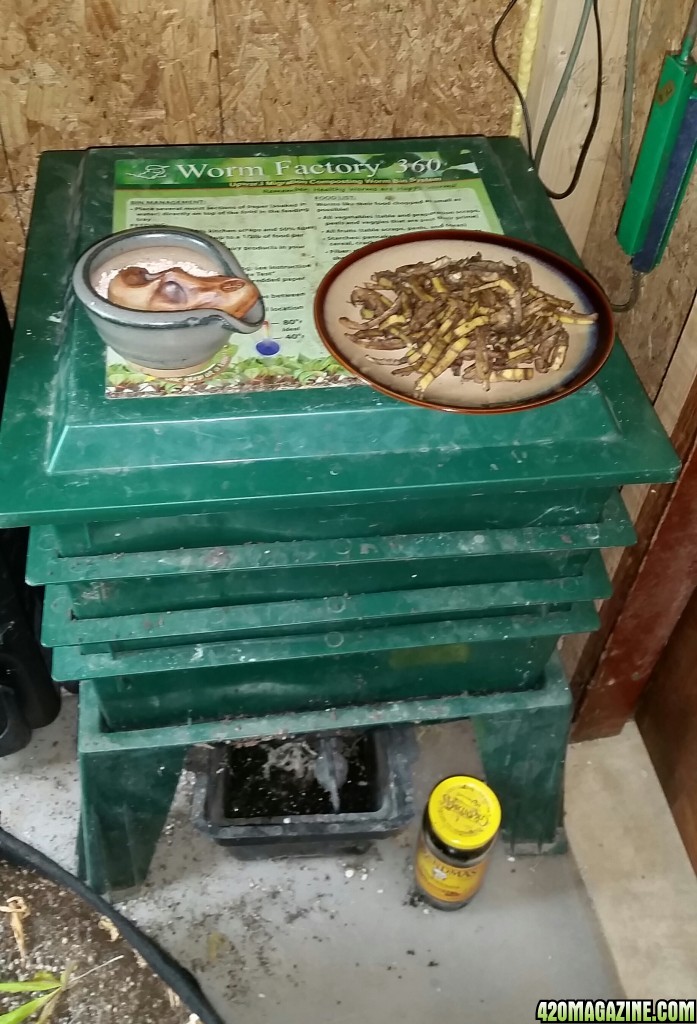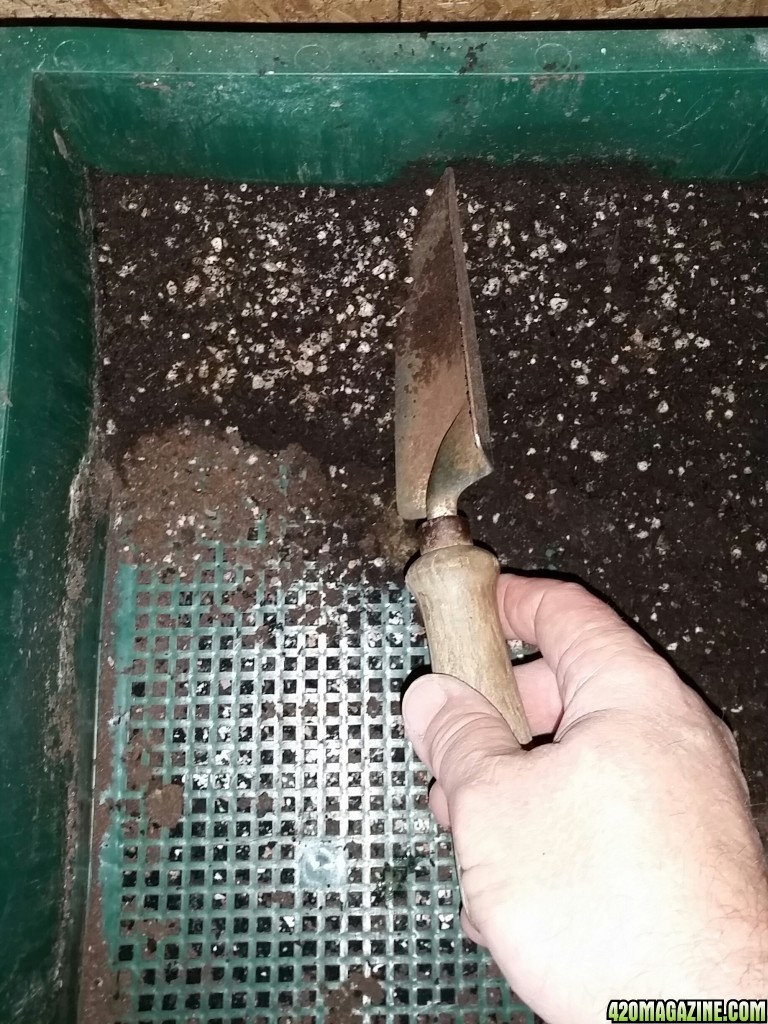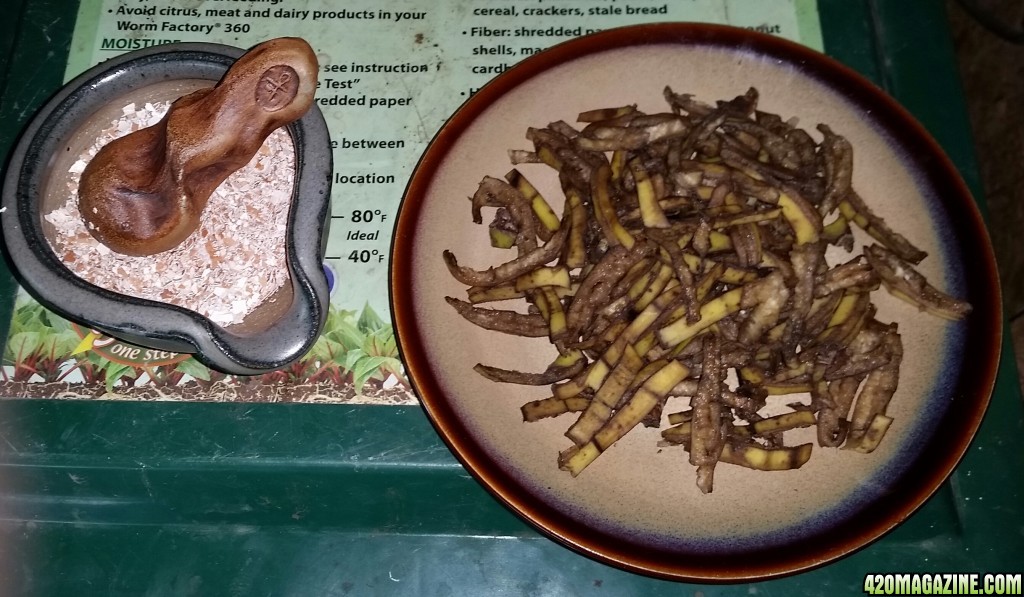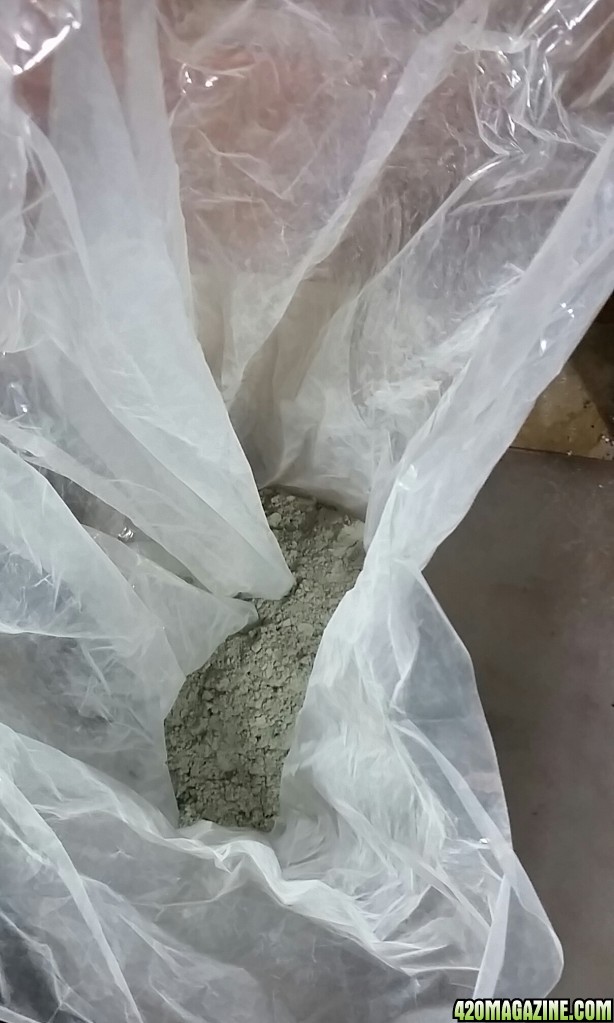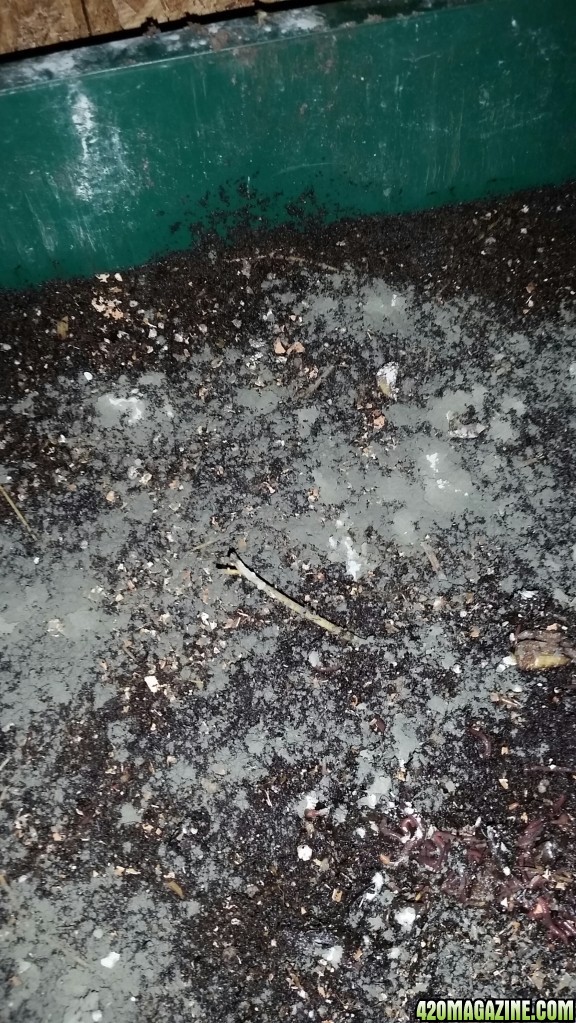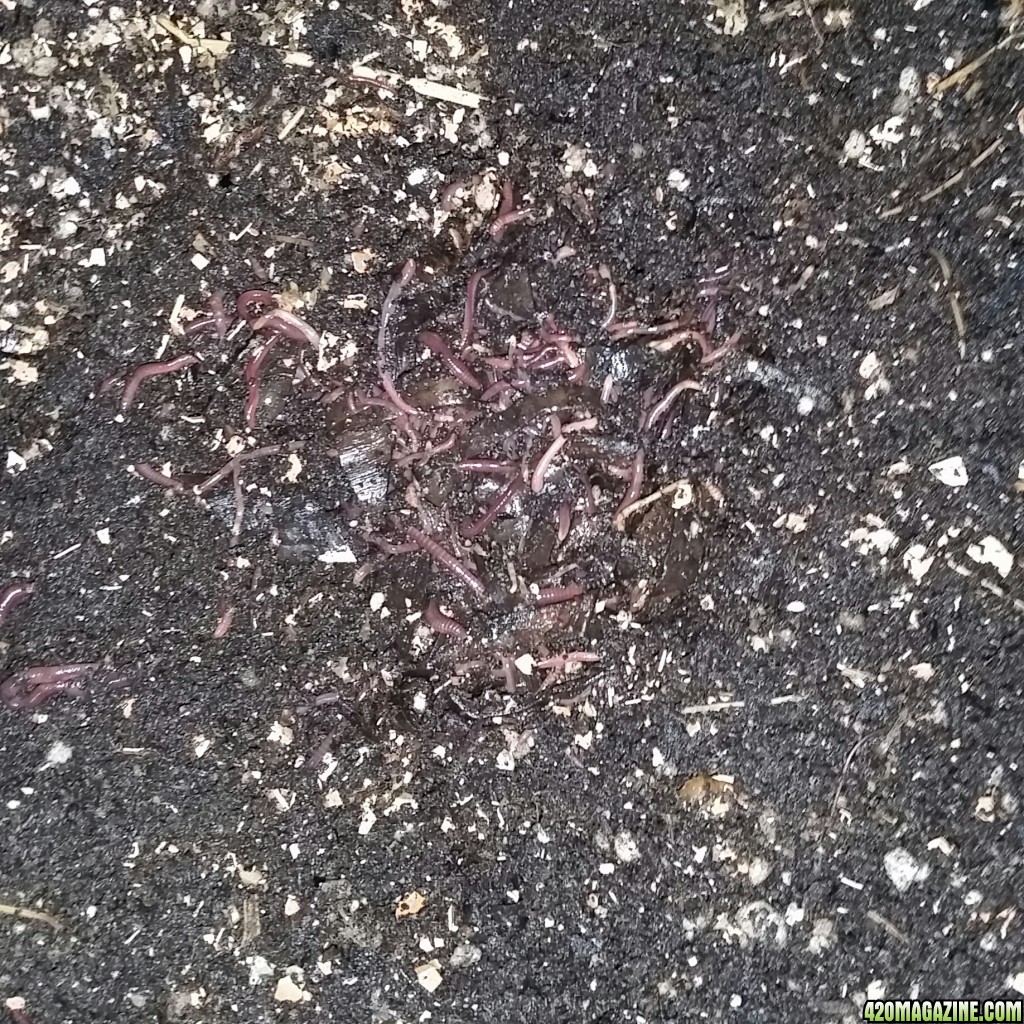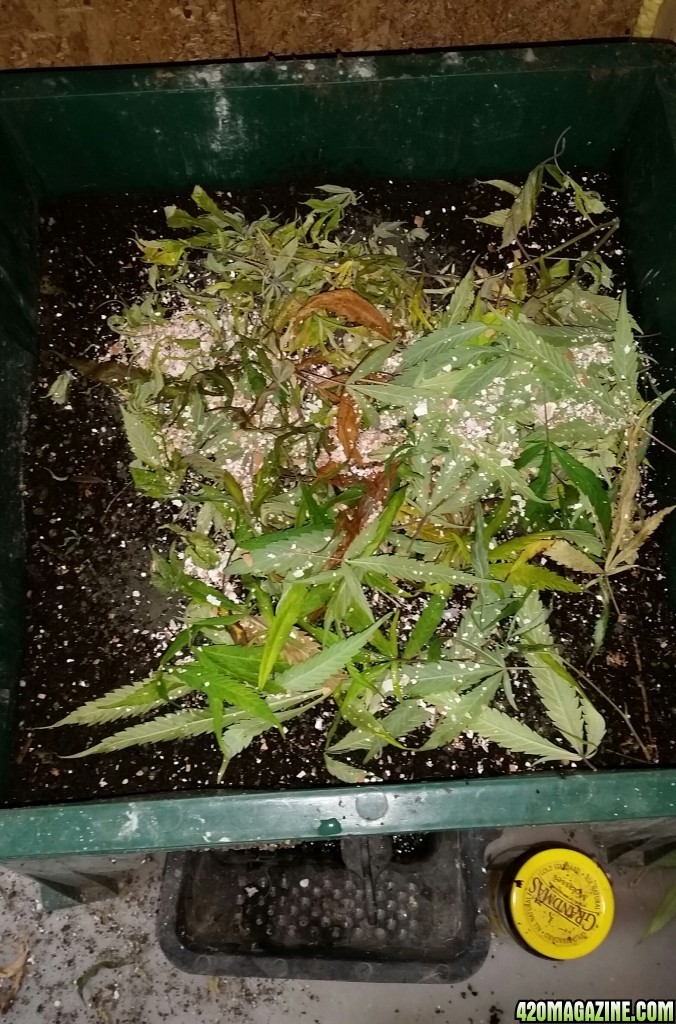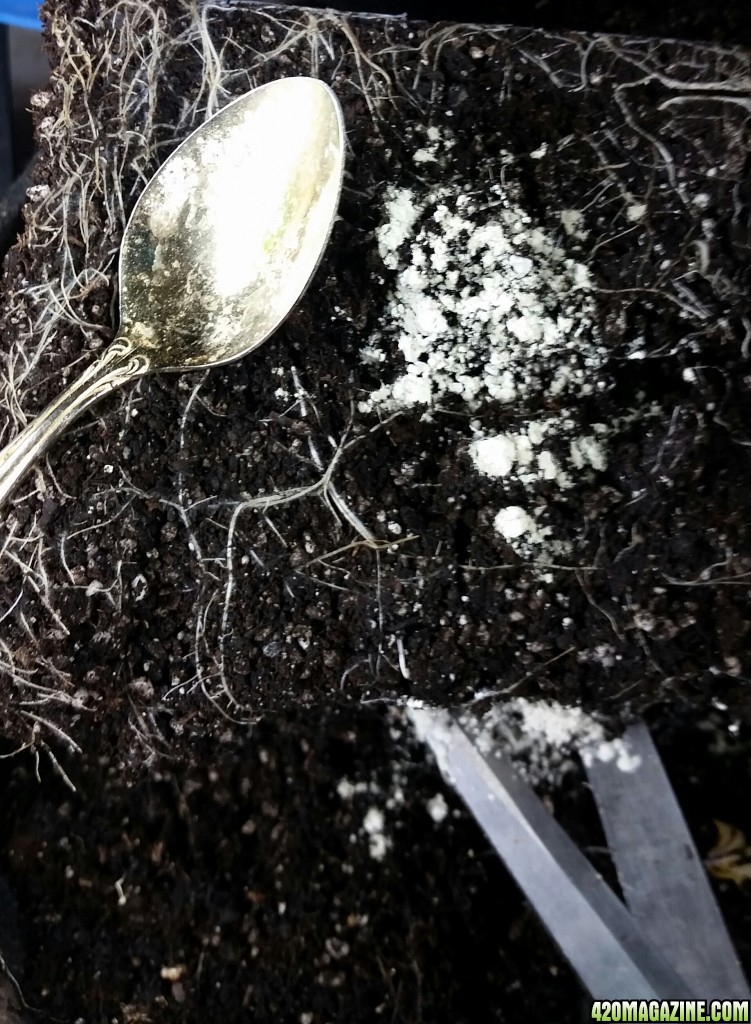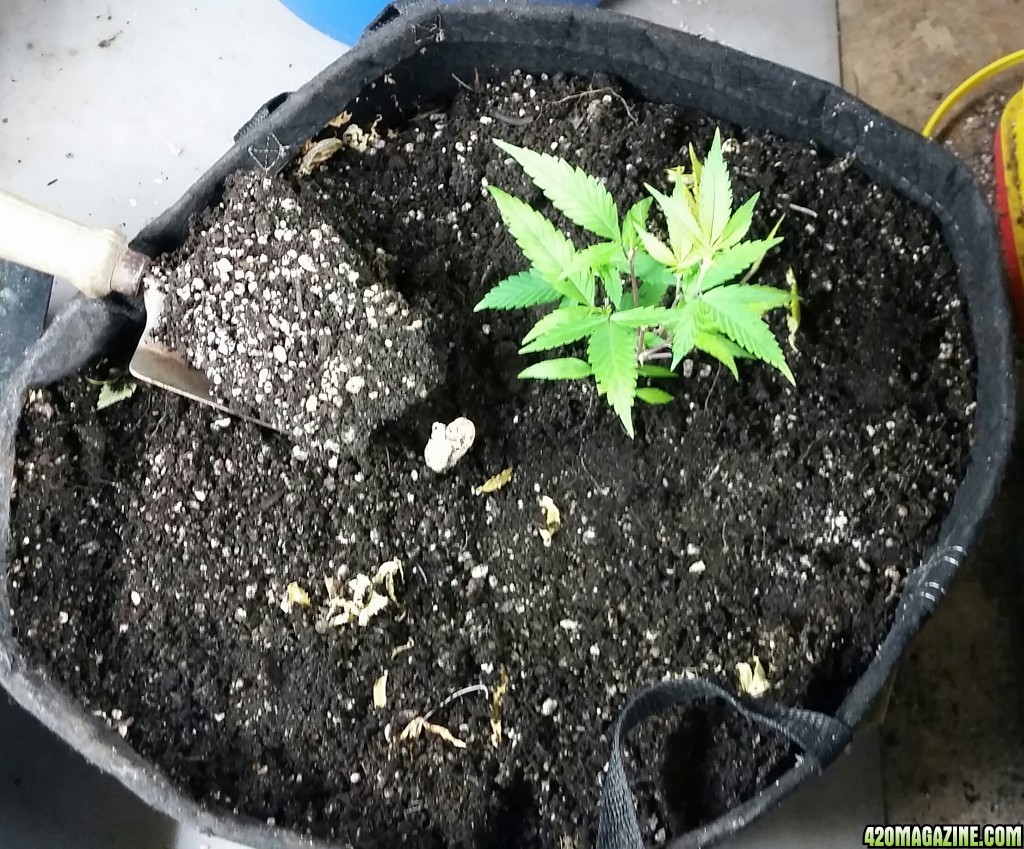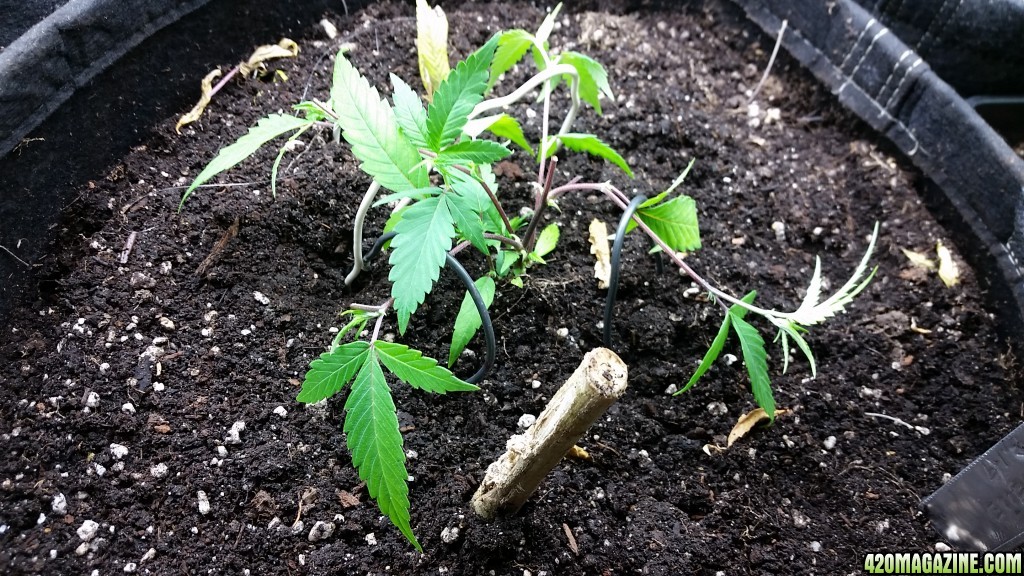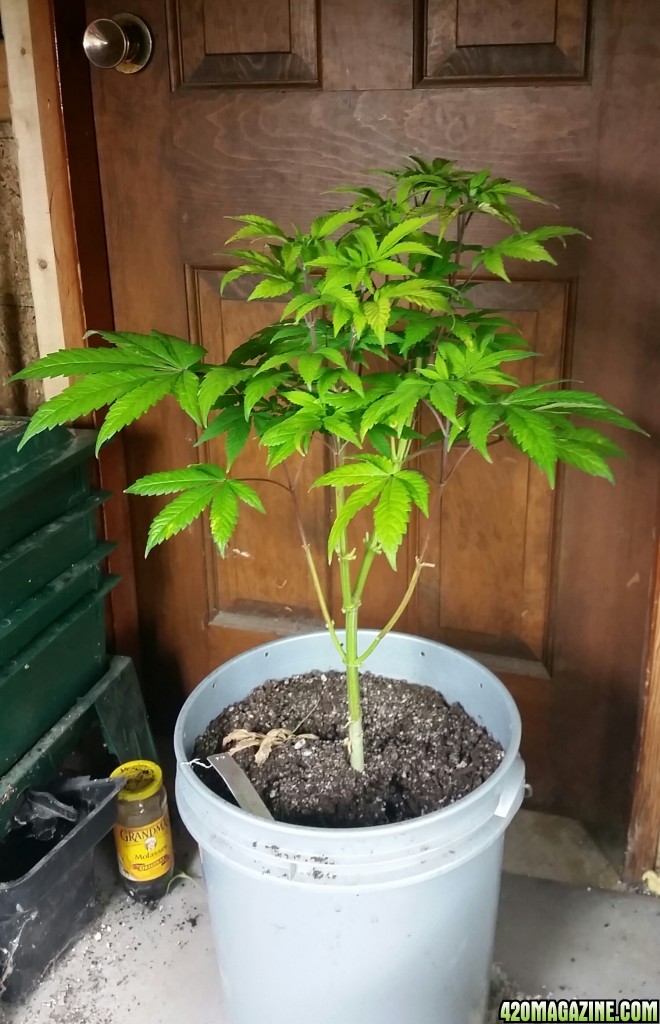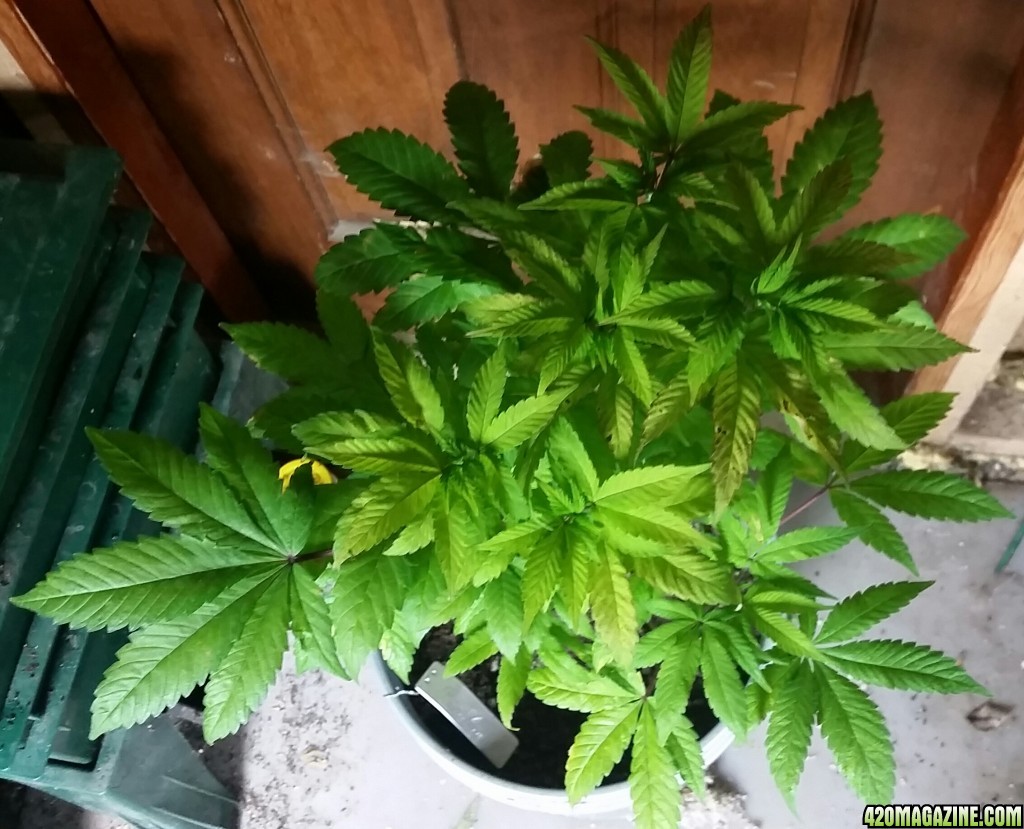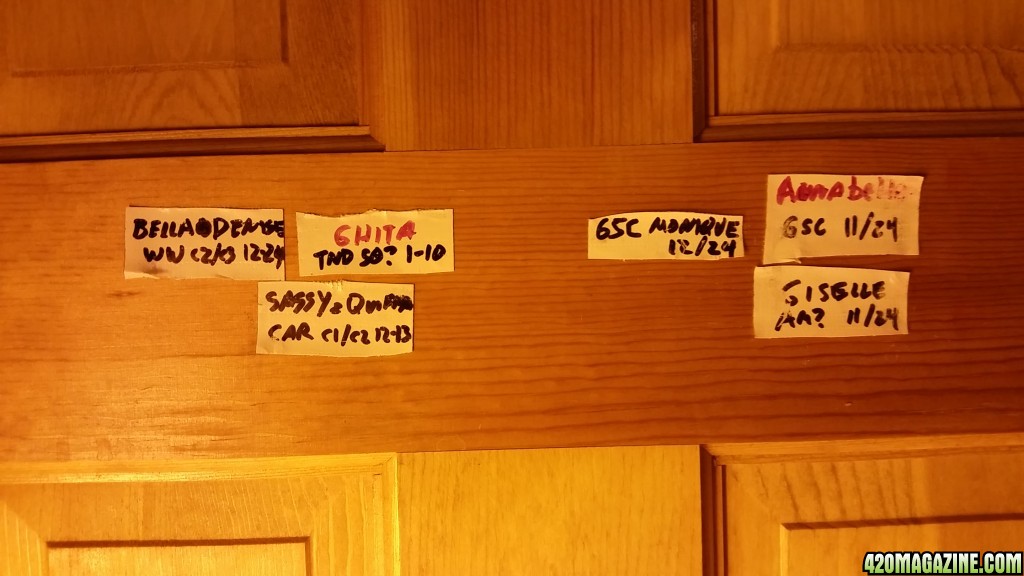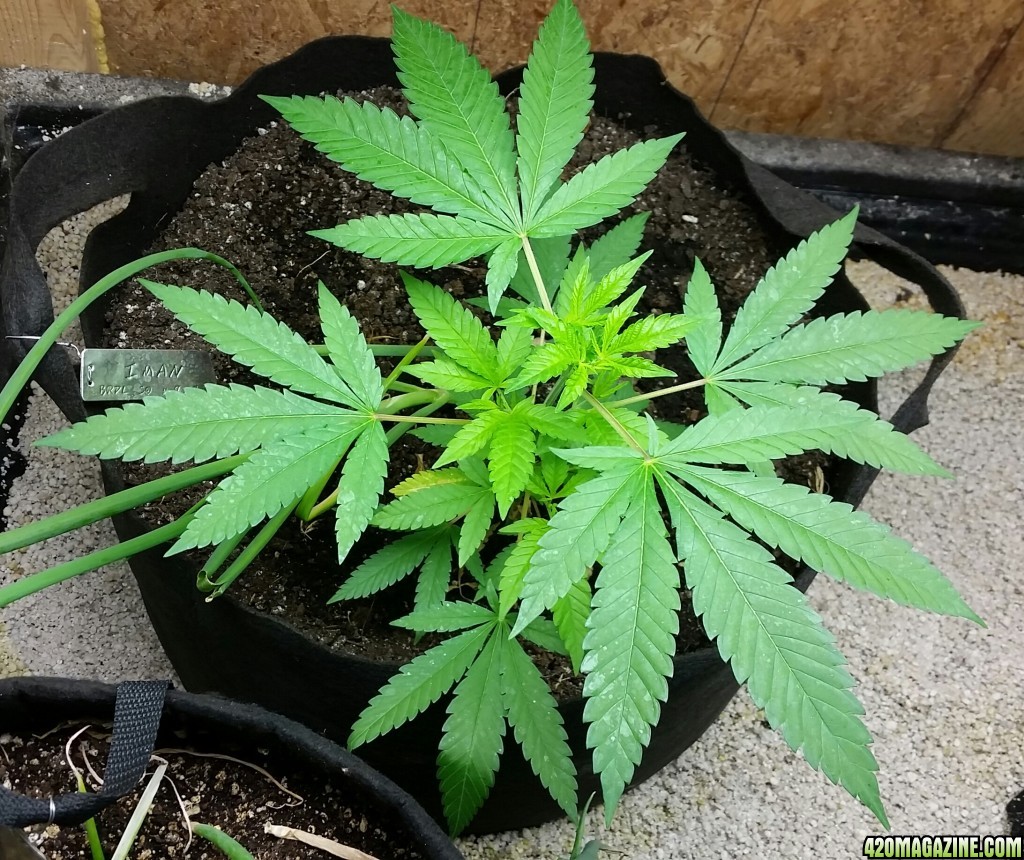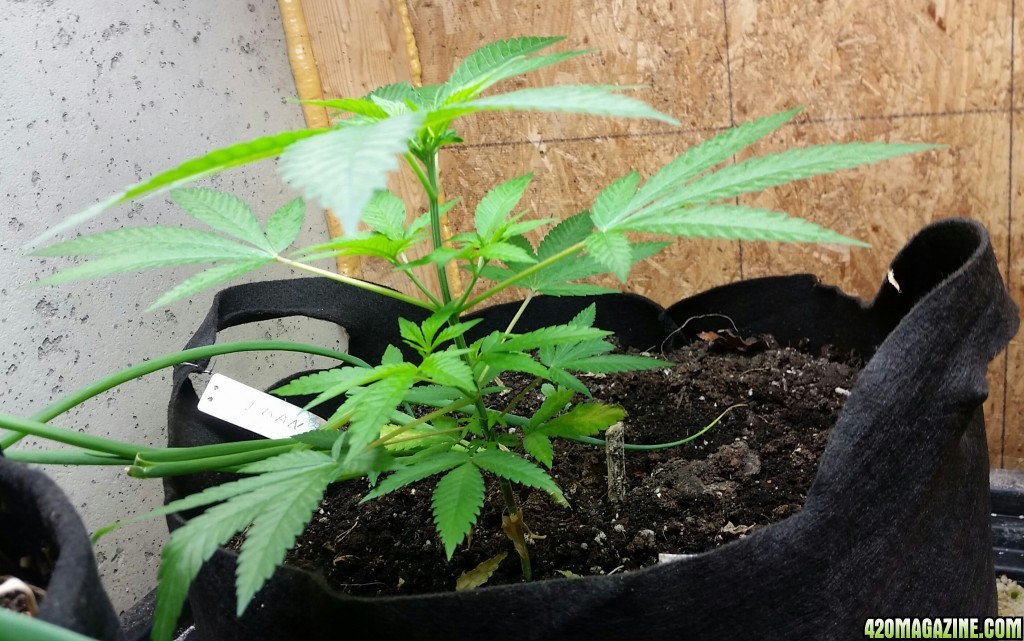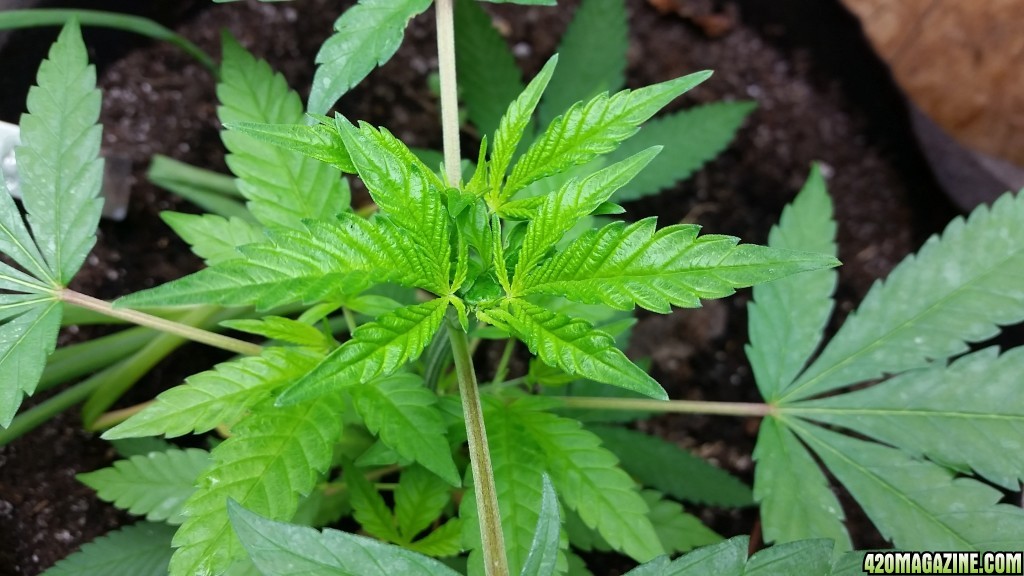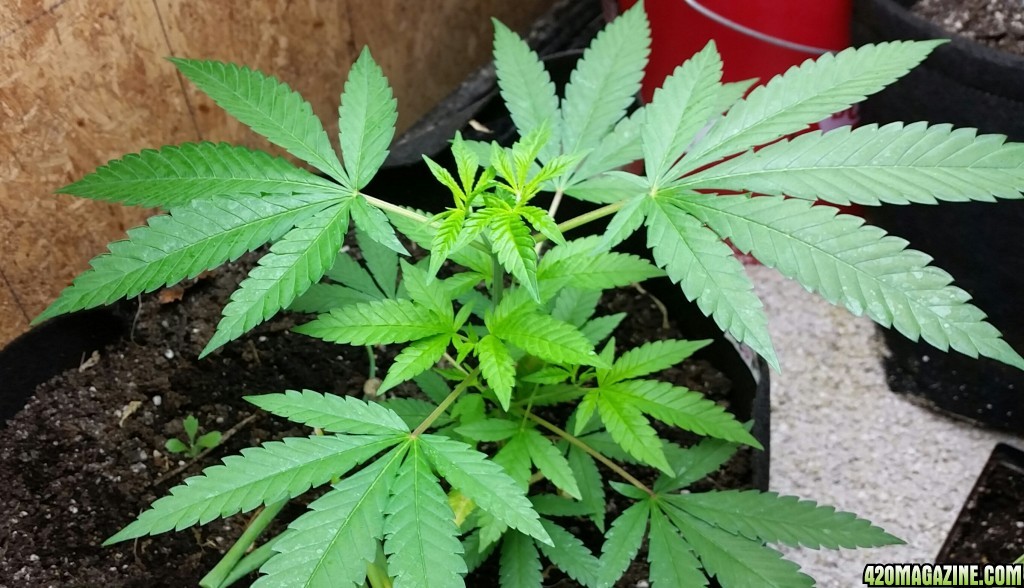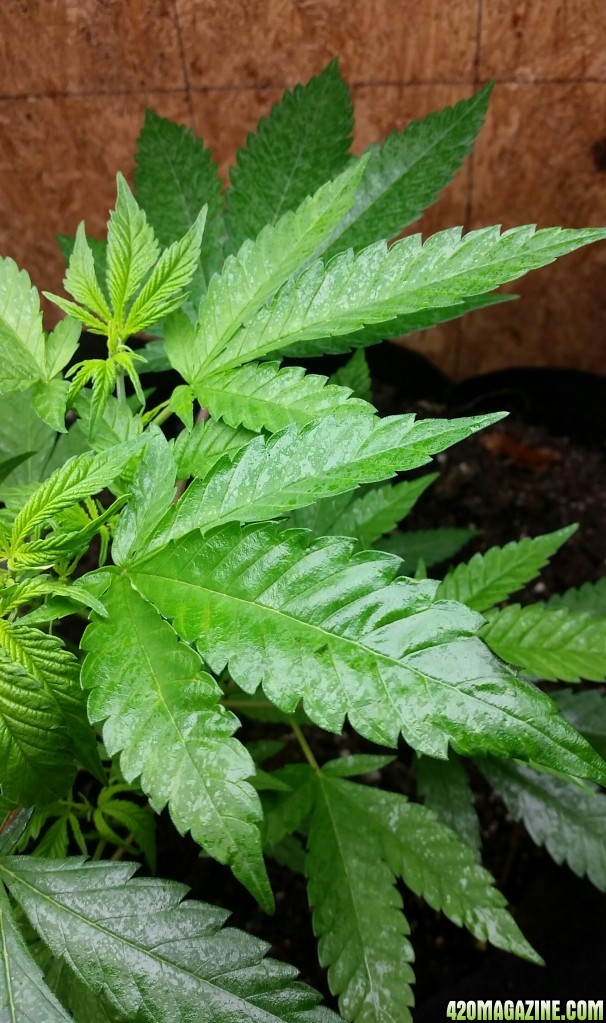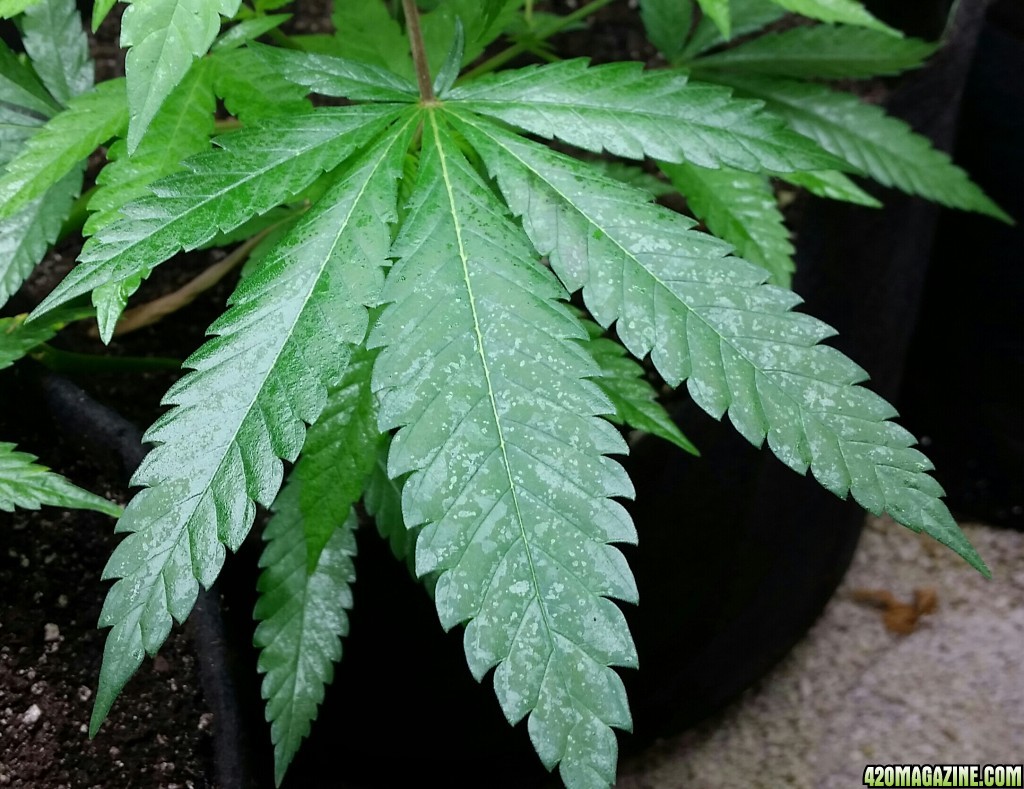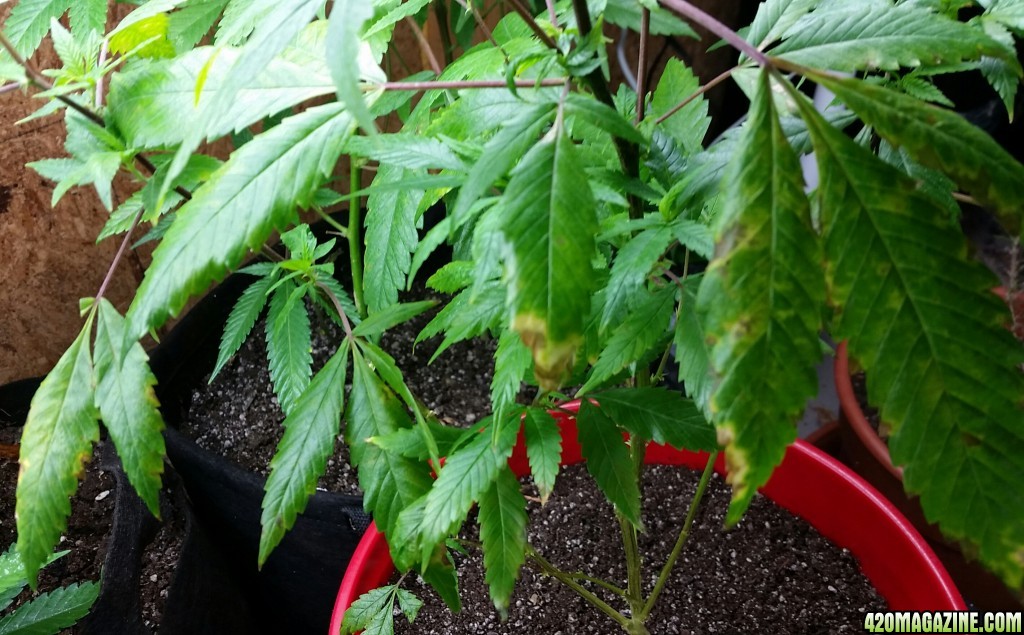- Thread starter
- #41
BoBrown thanks so much for the IPM description.
I don't mind every 3 days or 2x a week, I've been doing homemade 1% neem oil spray for 5 months now.
I'm not sure about thrips either, the concensus of replies on the thread I opened in the pests and uglies section is that I have spider mite eggs - even though they are on the tops of the leaves and I don't see mites. NOTHING is flying or hopping. I suspect I didn't demolish the spider mite life cycle after all. After all my spraying, spiders are gone too.
I will reread your post and consider my options, I have neem oil and kelp meal - no neem cake or spinosad. Tonight I sprayed with a 7% neem oil solution to see if a stronger solution does the job. The lights are out, so I have tomorrow to think and read.
- - - I respect your growing skills big time - thanks for the help.
I don't mind every 3 days or 2x a week, I've been doing homemade 1% neem oil spray for 5 months now.
I'm not sure about thrips either, the concensus of replies on the thread I opened in the pests and uglies section is that I have spider mite eggs - even though they are on the tops of the leaves and I don't see mites. NOTHING is flying or hopping. I suspect I didn't demolish the spider mite life cycle after all. After all my spraying, spiders are gone too.
I will reread your post and consider my options, I have neem oil and kelp meal - no neem cake or spinosad. Tonight I sprayed with a 7% neem oil solution to see if a stronger solution does the job. The lights are out, so I have tomorrow to think and read.
- - - I respect your growing skills big time - thanks for the help.



